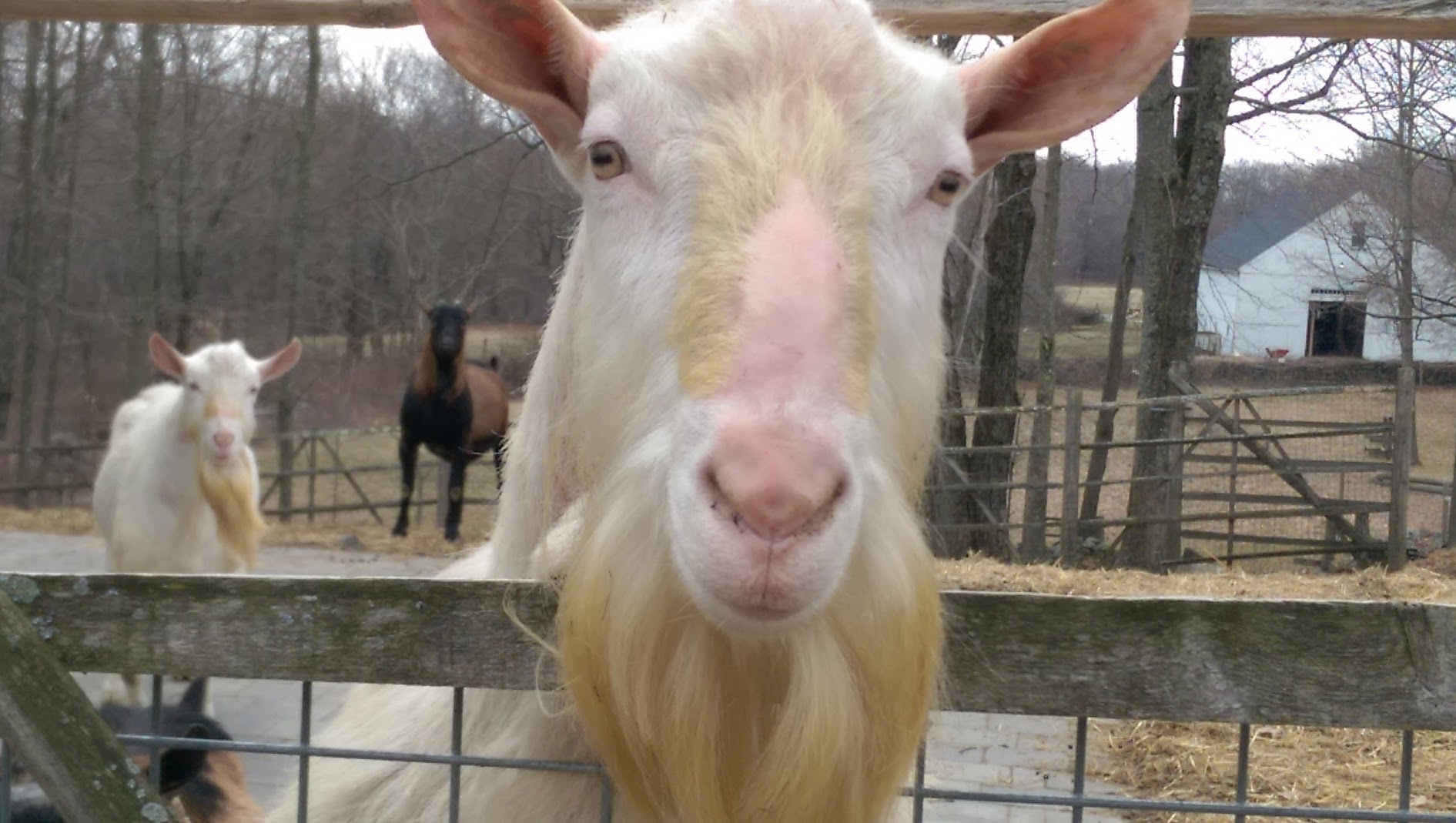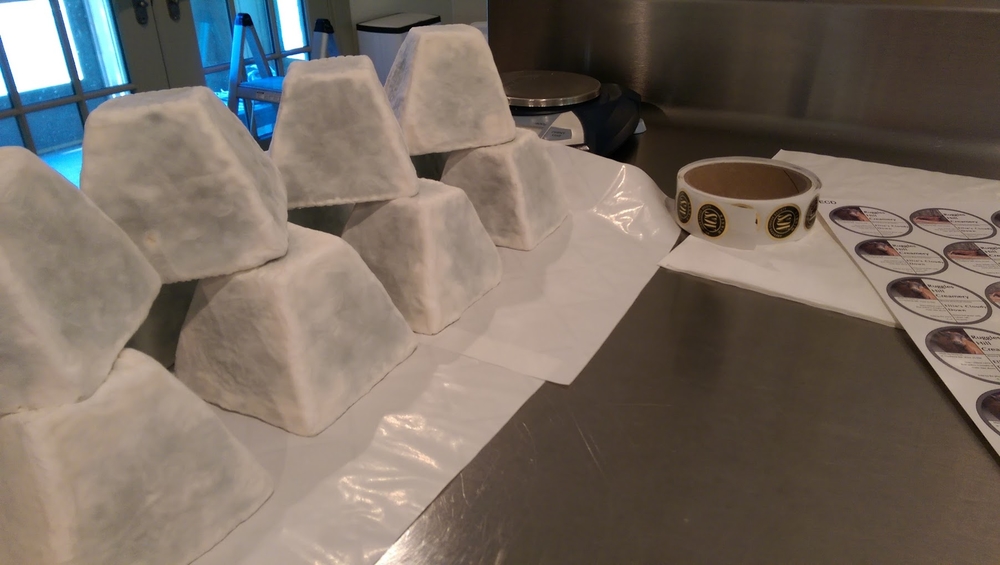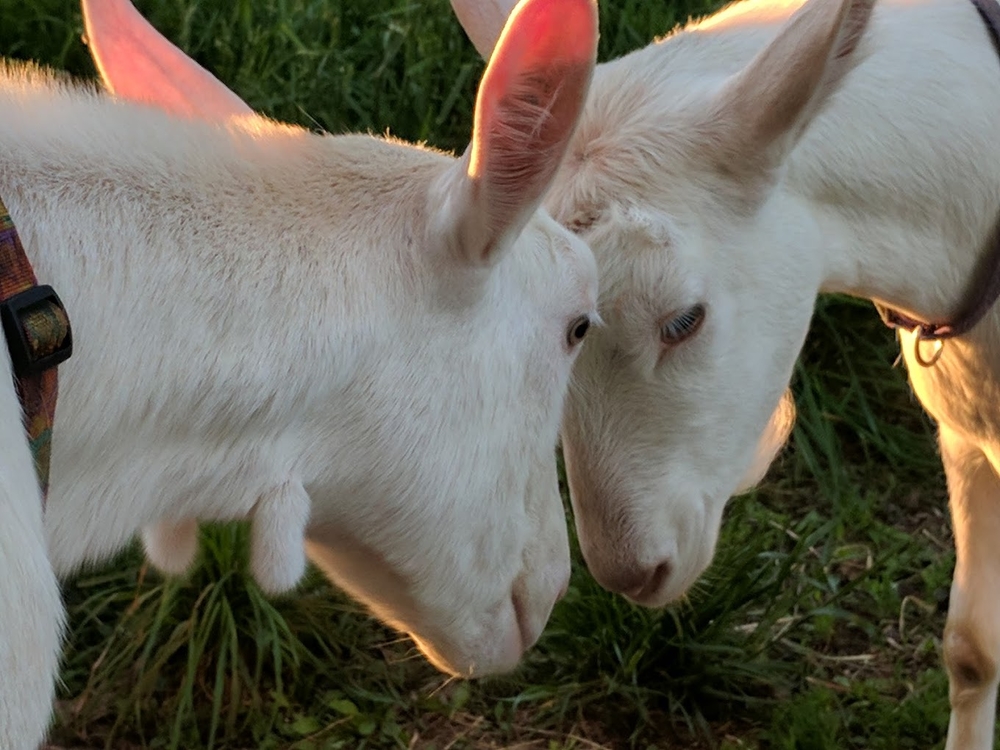Herd about this Alum’s Cheesey New Career?
-
-
slice.mit.edu
Filed Under
Recommended

Tricia Smith ’83 has a shorter commute these days. Instead of traveling to work at a civil engineering firm, Smith wakes at sunrise and takes a short walk to visit her co-workers—a herd of goats.
“It’s just really satisfying to step in the barn…seeing all these animals waking up from their night-time snooze,” she says of Ruggles Hill Creamery, a goat cheese farm that she and her husband started in 2005 in Carlisle and moved to Hardwick, Massachusetts.
The pair began raising goats in the early 2000s and experimented with cheese making after that. Why did they leave engineering to become small-scale dairy farmers? “We were doing too much of the same thing,” she says.
They really are our co-workers. I adore them, but never think of them as pets.
Started in 2005, Ruggles Hill Creamery is now home to 32 adult goats and expect 30 baby goats, or kids this season. “They really are our co-workers,” she said. “I adore them, but never think of them as pets. They know the drill.”

Smith’s drill includes upwards of two hours of morning milking of the female goats, or does, that she considers both “enforced discipline” for herself and a relaxing, meditative time. “No one can interrupt you because you are busy milking,” she says.
Typically the rind has a somewhat mushroomy flavor that contrasts very nicely with the more citrusy body of the cheese.
Smith draws upon her interest in chemistry to help make an annual 3,000 pounds of award-winning goat cheese including Claire’s Mandell Hill, Ode to Joy, and Hanna’s Awashed, named for members of the four-legged staff. The bloomy rind cheeses they make have an outside surface mold that ripens, or blooms, into a white or grey velvety rind, similar to that found on brie or camembert cheeses. “Typically the rind has a somewhat mushroomy flavor that contrasts very nicely with the more citrusy body of the cheese,” she says.

She also plays a large role in the special care of her pregnant goats. “I am a little like their doula,” she jokes. When she expects a doe to go into labor overnight, she will sleep in the barn to ensure she is ready to help the does give birth without difficulty.
The whole MIT experience keeps me engaged in thinking how can I make the business run better or thinking through technical issues…I just really treasure the time I had there.
Because Ruggles Hill’s cheese production is a third of the size of most cheese-making operations, typical pasteurizing equipment is too big. Smith put her civil engineering skills to work and designed her own stainless steel microvat pasteurizer, soliciting the services of a Colorado fabricator to make a specialized lid. She’s since shared the FDA-approved design with dozens of other smaller dairy farmers so they can make their own.
This kind of problem solving is a daily occurrence for Smith in both running the farm and experimenting with new types of cheeses, a skillset she says was reinforced by her engineering studies at MIT. “The whole MIT experience keeps me engaged in thinking how can I make the business run better or thinking through technical issues…I just really treasure the time I had there.”







